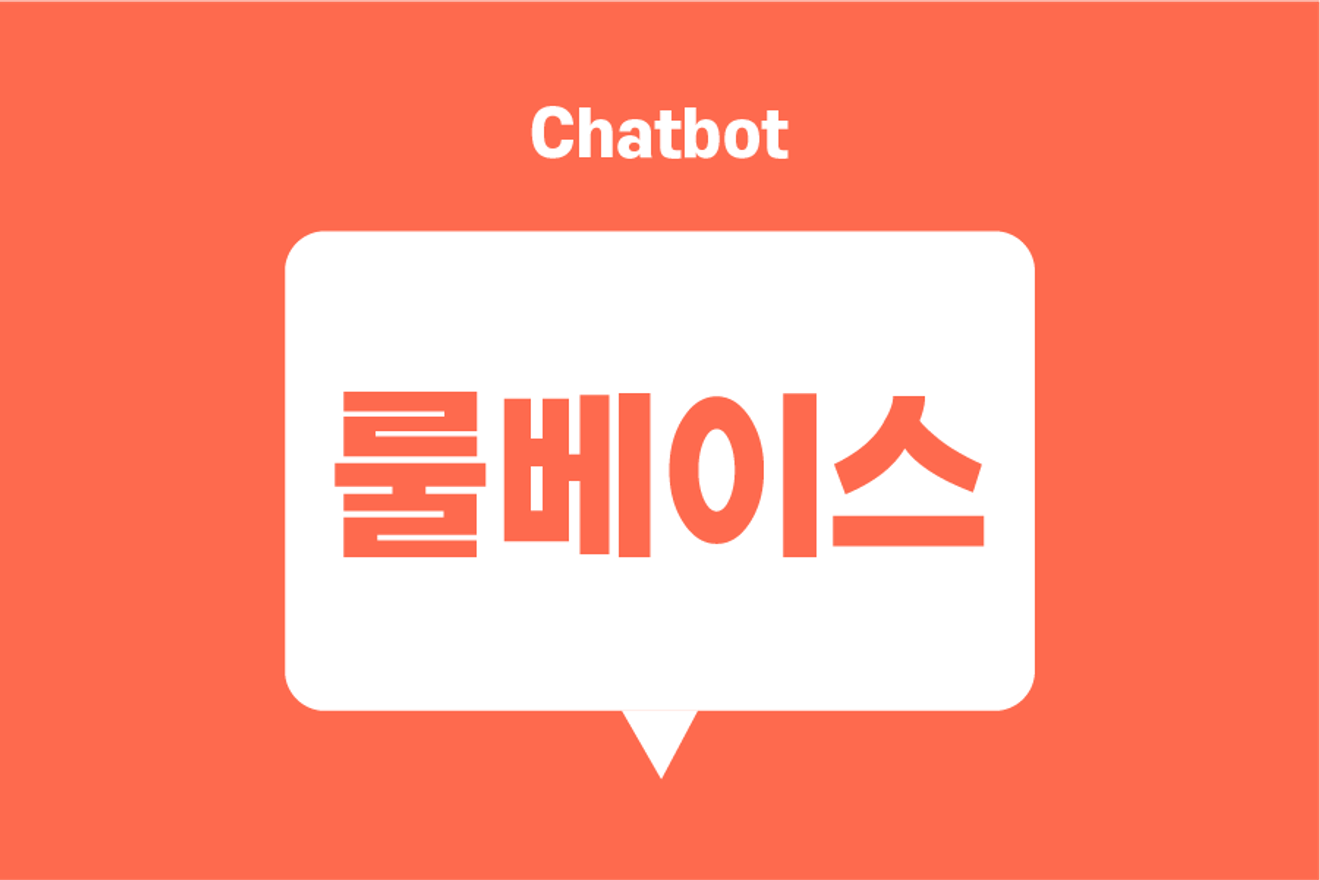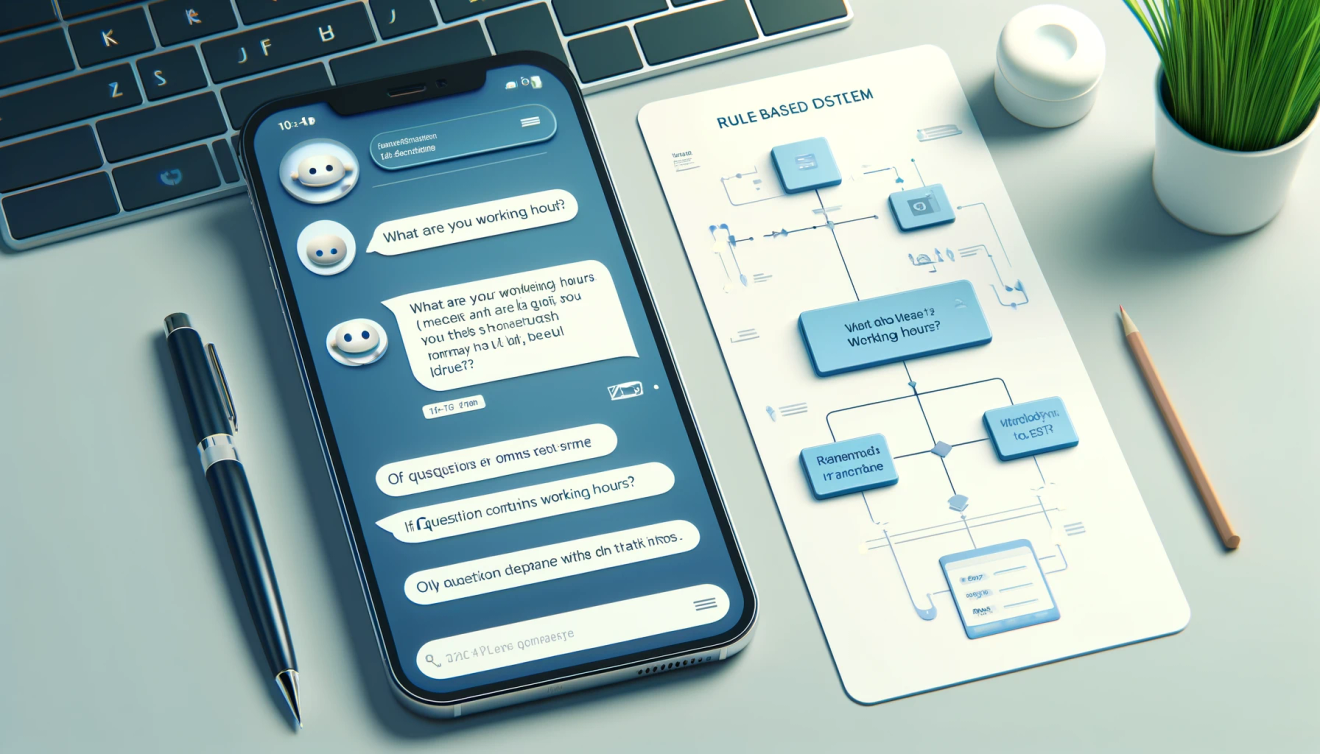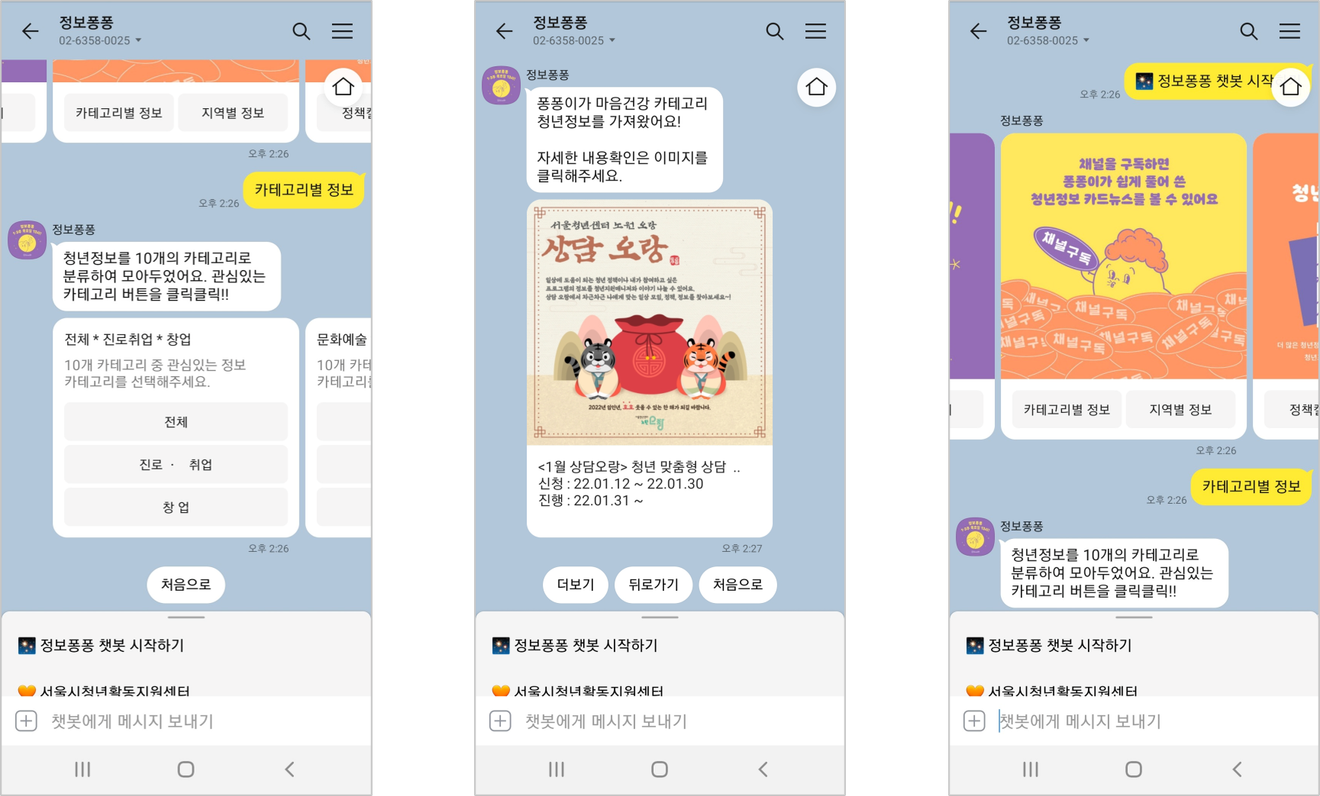Subject
- #Predefined Answers
- #Rule-Based System
- #Rule-Based Chatbot
- #Pros and Cons
- #Use Cases
Created: 2024-05-16
Created: 2024-05-16 10:23
A rule-based chatbot refers to a chatbot that operates based on predefined rules and logic. This system responds to user input according to a pre-defined set of rules, providing predictable responses to specific inputs. The core of a rule-based chatbot is the rule engine, which processes a ruleset defining a series of conditions and corresponding actions to generate responses that match the user's questions or requests.

What is 'Rule-Based' in a Chatbot?
Rule-based chatbots operate using "IF-THEN" structured rules. For example, if a user inputs "Hello," the chatbot is programmed with a rule to respond with "Hello! How can I help you today?"
Since all responses are predefined, the chatbot provides the same answer to a specific question every time. While this ensures a consistent user experience, it can struggle to handle complex or unexpected queries.
Rule-based chatbots are particularly useful for answering simple questions or when structured information needs to be provided. They are commonly used in FAQ chatbots, reservation systems, and basic customer support services.
They are relatively easy to implement and do not require advanced Natural Language Processing (NLP) techniques. This results in lower initial development costs and easy maintenance.

Predictability: All responses are predefined, allowing users to anticipate the chatbot's reactions.
Simple Implementation: They don't require complex machine learning models, making implementation quick and easy.
Cost-Effectiveness: Development and maintenance costs are relatively low.
Lack of Flexibility: They struggle to respond to questions or situations not defined in their rules.
Scalability Limitations: Adding new rules increases complexity, making large-scale systems difficult to manage.
Constant Maintenance Required: Rules need to be continuously updated and managed.
A chatbot that provides answers to frequently asked questions. For example, if a user asks, "What are the shipping costs?", a list of predefined buttons appears, and clicking on a button provides a predetermined response.

You can find answers by pressing buttons under predefined rules
A chatbot that handles inquiries about specific products or services. For example, if a user requests, "I want to submit an after-sales service request," the chatbot guides them through a series of questions and answers to complete the request and finally transmits the information to the existing after-sales service management system.
This involves collecting details like the product category, the issue, the customer's email address, phone number, and delivery address in stages and then sending this information to the management system.
Comments0